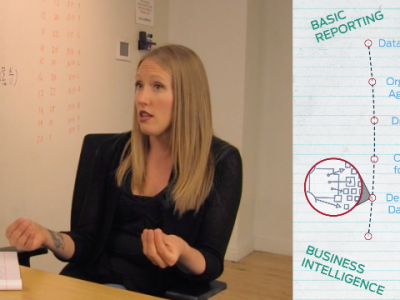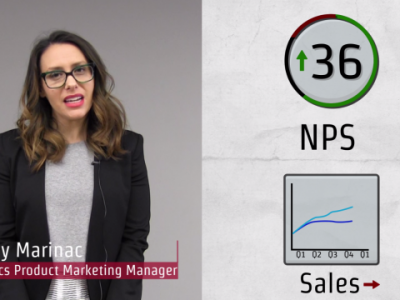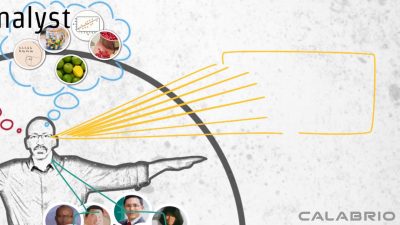The Secret to Understanding Analytics
Have you been hearing a lot recently about the rise of business analytics, customer analytics and big data analytics—and want to learn more about this new contact center trend?
Watch the video below to find answers to the question “What Is Analytics?”
What is Analytics?
Analytics is the discovery, interpretation, and communication of meaningful patterns in data. So it’s using data to understand the human condition; why people do what they do and predicting what they are going to do.
The Process for Analytics
All analytics following a basic process:
- Capture – collect information
- Transform – turn information something consumable
- Analyze – look at information
- Discover insights – find meaningful information
- Action – put meaningful information into action
There are two main reasons for the recent rise of analytics:
1. The Growth of Data Enables Better Analytics
With a year-to-date increase of over 30%, the amount of data is growing exponentially. To put that in context, let’s say a small digital photo is equal to one drop of water. In the early days of the Internet (aka 1992), approximately 90,000 drop (1 whole gallon) were made.
Today, the Internet creates around 37 Olympic swimming pools worth daily! By 2020, the amount of data will be comparable to 400 million gallons worth (the amount of water in Lake Erie, the 11th largest lake in the world).
2. Increased Processing Power Empowers Analytics
Modern computer run over 126,000 times faster than those of the 1960s. In the 60s, NASA sent astronauts to space for the first time with the rockets that used an Apollo Guidance Computer with approximately 4 Kbyte of ram and a CPU around 2 MHz.
Twenty years later, Nintendo launched the NES into millions of households and that 1960s computing power becomes standard. In 2007, Apple launched the iPhone, which put a powerful computer right in your pocket. In fact, the iPhone 4 is about 400 times faster than those original navigation computers used to travel to space!
By 2014, Watson (IMB’s super computer) was running at around 126,000 times faster than that original Apollo navigation computer.
The 3 Types of Analytics
- Descriptive Analytics (what has happened) involves looking backwards to better understand why things took place.
- Predictive Analytics (what is likely to happen) involves looking forward and making forecasts about the future.
- Prescriptive Analytics: (what we should do) gives guidance or recommendations on what actions we should take
Interested in learning more about how analytics can help in your contact center? Let’s talk.





